Are you planning on taking a road trip throughout Iceland anytime soon? Then you’re in the right place! Here is a full guide with everything you need to know about driving in Iceland, including general road rules, how to pump gas, and more.
Disclosure: Some of the links below are affiliate links. When you purchase through links on my site, I may make a small commission (at no extra cost to you!).
- Why you should drive in Iceland
- Where to rent a car
- General road rules in Iceland
- Different road types in Iceland
- What type of vehicle do you need when driving in Iceland?
- Car rental insurance
- How to pump gas in Iceland
- Things to be aware of when driving in Iceland
- Accidents & breakdowns
- Planning your Iceland road trip
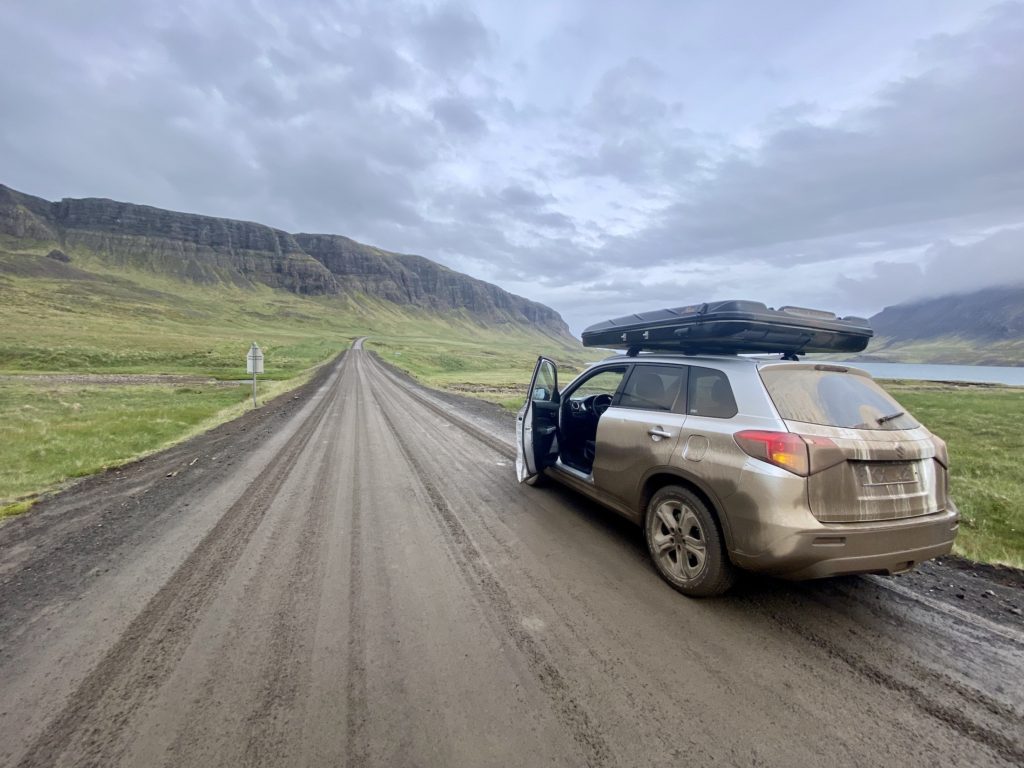
Why you should drive in Iceland
First things first — do you even need to drive in Iceland?
I’d argue that yes, having your own car in Iceland is 1000% worth it and pretty necessary if you want to go anywhere past Reykjavik.
When you have access to your own car or campervan, you can make your own schedule, go at your own pace, and be much more independent than you otherwise would on a guided tour. Even if you’re taking public transportation independently, you’re still bound by their (usually limited) schedules and routes.
Driving yourself gives you the ultimate freedom.
Where to rent a car
There are dozens of car rental agencies in Iceland, with many having convenient pickup locations at the airport.
I used Northbound car rental, which seemed to be the cheapest place to get a car with a pop-up tent. My first car broke down within hours of renting it and I had to wait two hours for them to bring me a new one. The second car I received was newer and better, but still had some issues with the automatic brake sensor that caused it to beep randomly.
Their customer service was responsive, but I’m not sure I would necessarily recommend them just because of the quality of the cars. You get what you pay for I guess!
Kuku Campers and Happy Campers seemed to be pretty popular companies when I was there — it’s worth checking them out.
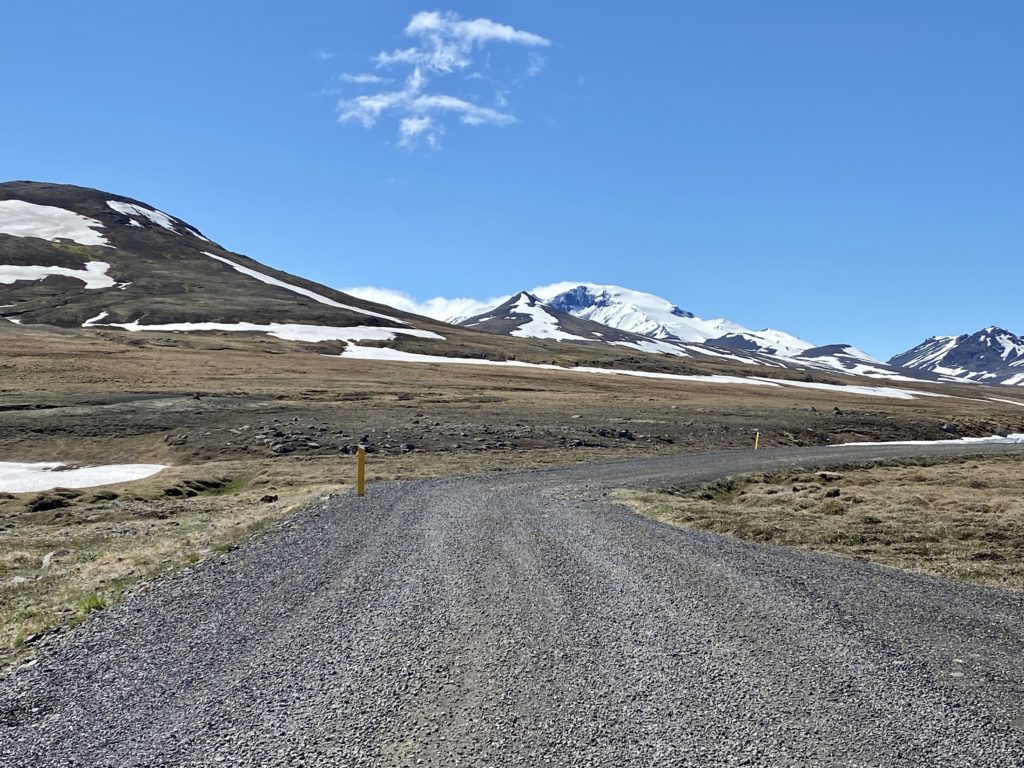
General road rules in Iceland
- Iceland drives on the right and overtakes on the left.
- Drivers and all passengers are required to wear a seat belt at all times.
- Speed limits are generally 50 km/h in urban areas, 80 km/h on gravel roads, and 90 km/h on paved roads.
- You need to keep your car’s headlights on at all times, no matter the weather or time of day.
- Off-road driving is illegal in Iceland. The moss that grows around the country is very sensitive and takes years to regrow once it’s trampled on!
- It’s illegal to turn right on a red light, unless there is a sign specifically allowing it.
- In a two-lane roundabout, the inner lane has the right of way.
- They are very strict about drinking and driving, and penalties can be super steep! The legal limit is 0.05 — to be safe, never drive after having a drink.
- You’re not allowed to use your phone at all when driving. If you’re looking up directions or talking on the phone, make sure it’s hands-free.
- You don’t need an international driver’s license to drive in Iceland. A foreign driver’s license works as long as it’s not expired!
Different road types in Iceland
Ring Road & Golden Circle — Paved
The Ring Road, or Route 1, is the main highway that circles all the way around the perimeter of the country. You’ll find all of the major tourist attractions in Iceland either directly on or just off of the Ring Road. There are some regions that the road bypasses, including parts of North Iceland, the Westfjords, and the Snæfellsnes peninsula.
The Golden Circle is a very popular route in southern Iceland that covers several amazing natural attractions. It’s not located on the Ring Road, but most tourists will make a detour or take a day trip around the Golden Circle.
Both the Ring Road and the Golden Circle are paved and well-maintained throughout the year. You don’t need a 4WD to drive these roads.
F-Roads — Gravel
Iceland’s F-roads are remote highland roads in rural areas. They are not paved and can vary in quality depending on the road and the time of year. In the winter months, most roads close completely and may not open again until mid-June or later. (Road.is is a great site to use to track conditions and opening dates of mountain roads.)
F roads can be challenging to drive and even dangerous if you’re not used to the conditions. You should expect big rocks and potholes, narrow and winding roads, steep drop-offs, and even river crossings! These roads are not regularly maintained, but they are patrolled by emergency services to make sure no one is left stranded.
Icelandic law states that you have to have a four-wheel-drive vehicle to drive on F-roads. Additionally, a raised 4×4 or a guide is required for F-roads with a river crossing. It’s recommended to avoid these roads completely if there is inclement weather or if you’re not an experienced driver.
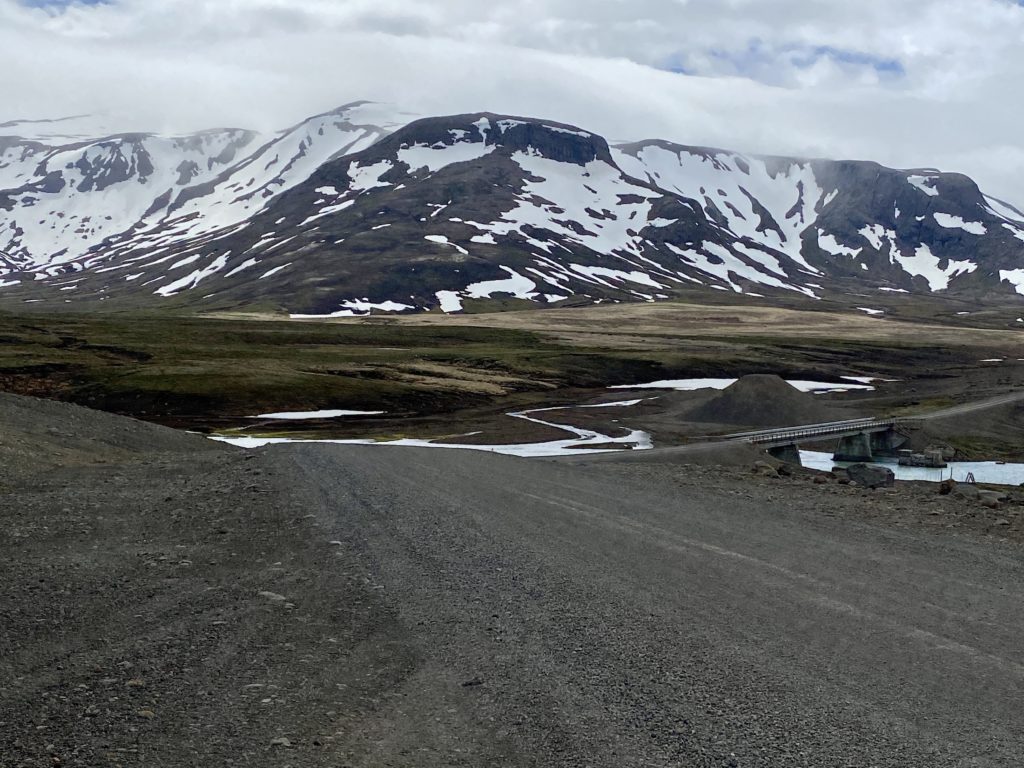
What type of vehicle do you need when driving in Iceland?
Two wheel drive
In my opinion, two wheel drive cars are only worth renting if you know you’re going to stay on the Ring Road and Golden Circle. Once you deviate from those roads, a 2WD will be much less comfortable than a 4WD. You’ll still make it, but you’ll need to be very careful to not damage your car.
If staying on the main roads is your plan (especially in the summer months), you’ll save a bit of money over getting an all wheel drive vehicle.
Four wheel drive
Four wheel drive vehicles are much more comfortable and better suited to driving on Icelandic roads. When I drove around the Eastfjords and the Snæfellsnes peninsula, I was glad to have a 4WD because I didn’t have to worry about every little bump I drove over.
Road conditions in Iceland can change very quickly, and having a 4WD car gives you peace of mind. I’d highly recommend renting a 4WD, especially if you’re not 100% sure of where you’ll be going on your Iceland road trip.
Camper van
A campervan is a great option if you want the flexibility of a car with the luxury of a home on wheels. They are a bit more expensive than regular cars up front, but you will save money in the long run by not spending as much on accommodation.
A lot of campervans will be 2WD, but you can absolutely still find 4WDs (they might just be more expensive). Once again, I’d definitely recommend getting a four wheel drive to make your driving experience easier!
Car rental insurance
Collision damage waiver
Most rental companies in Iceland offer some version of a collision damage waiver (CDW). A basic CDW includes an upper limit to how much the company can charge you if they find any damage (this can be $1,750 or more!).
You can upgrade from the basic CDW insurance to a more comprehensive version. These “super” or “premium” CDWs can include other types of protection, like:
- Gravel insurance: This would cover any damage on your car’s body or windows from gravel. It’s common for little rocks to fly up when other cars pass you!
- Sandstorm and ash insurance: In case of volcanic ash or sand getting whipped into your car during high winds. Yes, this is a real concern in Iceland!
- Ice insurance: This is a good choice in the winter, when most roads are covered in snow and ice. Sliding off the road isn’t uncommon, especially if you’re driving a 2WD car.
Credit card insurance
My favorite travel credit card, the Chase Sapphire Preferred, offers better car rental insurance than you can get from the rental companies themselves. Most credit cards will offer some sort of insurance as a card benefit, so read up on your specific card before you go!
The Sapphire Preferred Card covers collision damage and theft protection up to the actual cash cost of the rental car. You need to decline the rental company’s CDW and pay for the rental using the credit card.
If you want to sign up for the Chase Sapphire Preferred card, you can use my referral link to get 60,000 bonus points after meeting the minimum spend.
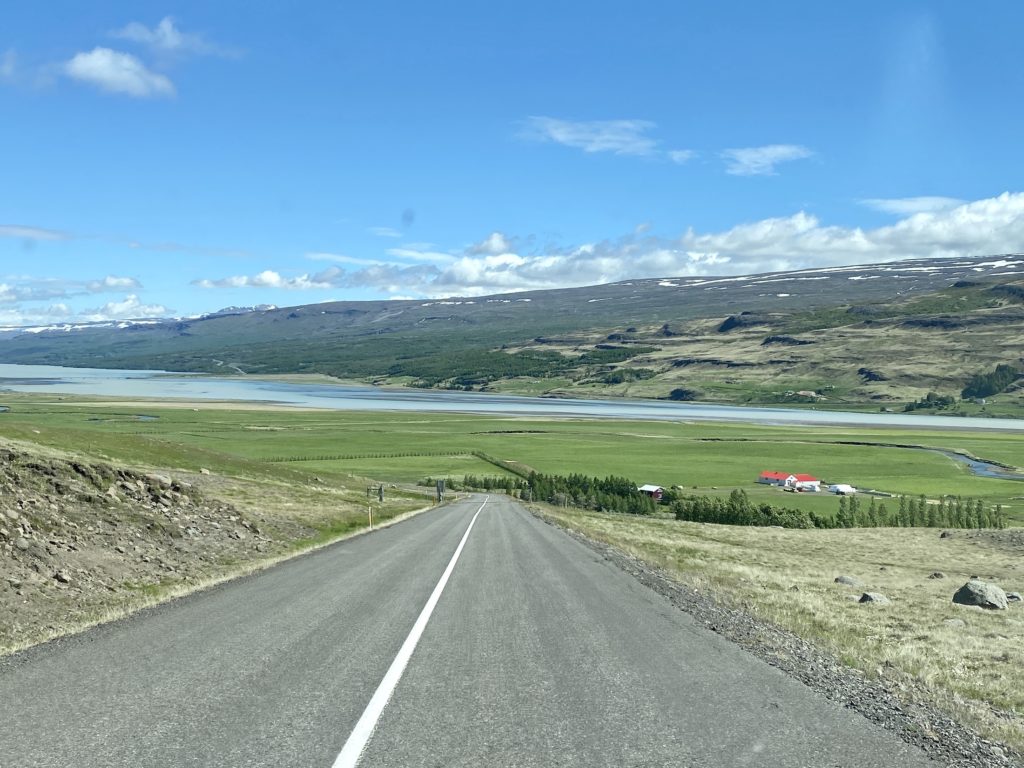
How to pump gas in Iceland
Pumping gas in Iceland is a bit different than in other countries, so it’s worth going over before your trip!
One major thing to keep in mind is that Icelandic petrol stations only accept cards with a PIN — my credit card didn’t work, but my debit card did. If you don’t have a card with a PIN, you’ll need to buy gas cards from the gas station.
Here are step-by-step instructions to pump gas in Iceland:
- Select your language from the options on the machine by the pump.
- Insert your credit card.
- Enter your card’s PIN.
- Select how much money you want to authorize for the transaction. Note: If you select full tank, gas stations will put a large hold on your card. It’s refunded in a few days once they see how much you actually spent. If you don’t want the massive hold on your card, make sure to select any other amount.
- Select which pump you’re using.
- Pump your gas!
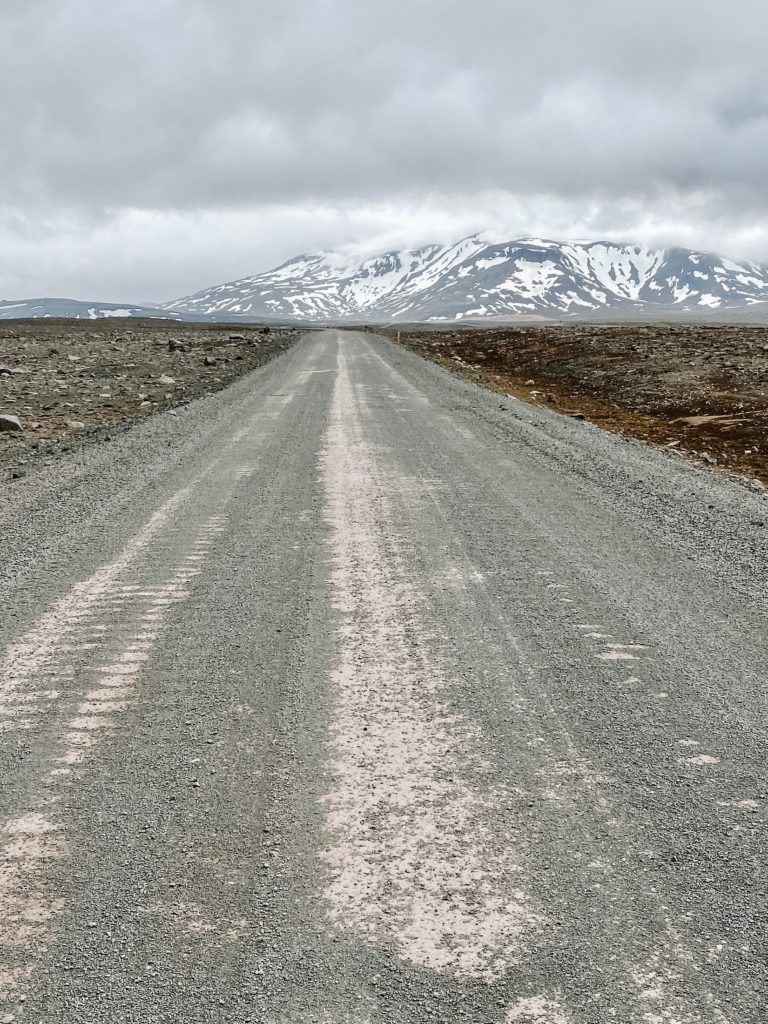
Things to be aware of when driving in Iceland
Roaming animals
Roaming sheep (and in certain areas, reindeer!) are a real hazard on Icelandic roads — even major highways. During the summer, sheep are allowed to roam free, and they often wind up on the road at inopportune moments.
Always be wary when driving past animals, and make sure you’re not driving faster than the speed limit.
Speed cameras
Speeding is not a good idea when driving in Iceland!
There aren’t a ton of police officers patrolling the roads, but you will come across speed cameras. They look like nondescript gray boxes, but they are clearly marked with signs about 500 m (1,640 ft) before driving past them.
If you pass one of these cameras going faster than the speed limit, you’ll get a speeding ticket in the mail. (Or, your rental company will, and then they will track you down.) Speed limits are 50 km/h (30 mph) in cities, 80 km/h (50 mph) on gravel roads, and 90 km/h (55 mph) on paved roads.
High winds
Iceland can get very windy, making it difficult (and sometimes dangerous) to drive. Strong winds are also one of the easiest ways to damage your rental car’s door hinges.
Make sure to check the weather forecast before setting out for the day. If it’s windy, drive slowly and hold on to your car door tightly when getting out.
Weather conditions
Weather conditions can change from pleasant to inclement very quickly. Rain, sleet, hail, fog, snow — it’s important to stay alert and adapt to the changing conditions whenever you’re driving in Iceland.
The best way to tackle changing weather conditions is to know how all parts of your car work. Make sure your windshield wipers are working well, know where your fog lights are, and have some idea of what to do in an emergency situation.
Single-lane bridges
One-lane bridges are a common occurrence when driving in Iceland. Unlike in New Zealand, where there are signs saying which side of the road has the right of way, whoever gets to the bridge first goes first.
Blind corners/hills
Occasionally, you’ll come across blind corners or blind hills. These are places where you can’t see the road in front of you because of the angle of the road.
When coming up to these blind spots, make sure to stay in your lane. Drifting across the middle of the road or passing other cars is very dangerous in these areas!
Manual vs. automatic transmission
Like other places in Europe, most cars in Iceland will be a manual transmission. If you don’t know how to drive stick shift, make sure to choose an automatic when renting your car. You will have to pay a bit more because automatic vehicles are not as common.
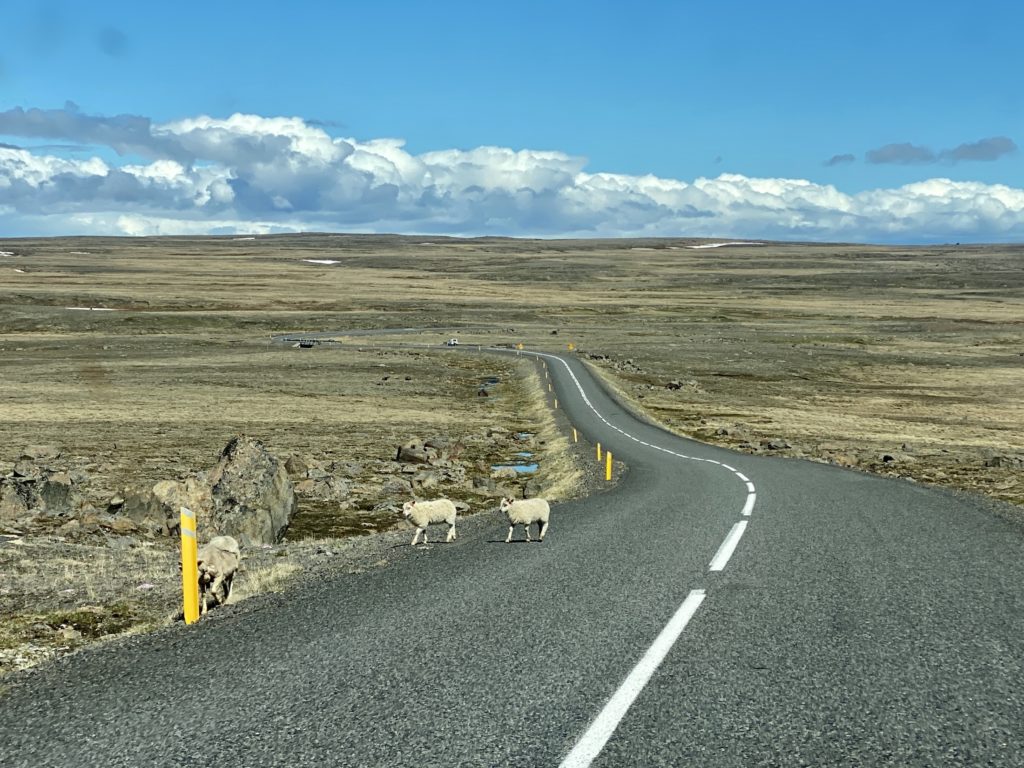
Accidents & breakdowns
112 is the emergency number in Iceland. You’d use this number to report any and all emergencies, including fires, crime, accidents, natural disasters, etc.
The 112 emergency number can be reached by phone or by text message. There is also an app called 112 Iceland that makes it possible to contact the emergency number without calling.
If you have a non-life-threatening emergency like a flat tire or car breakdown, your rental agency should be able to help. If you don’t have service, stay with your car and wait for someone to pass by and help.
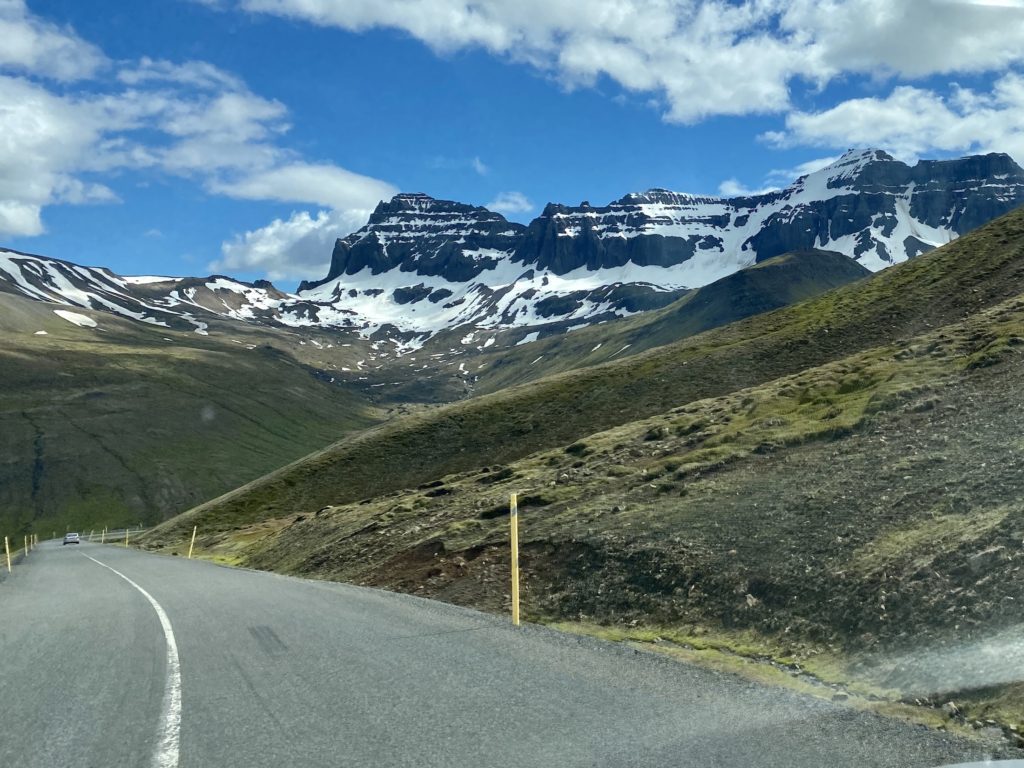
Planning your Iceland road trip
How much time do I need to drive around Iceland?
If you’re driving all the way around the Ring Road, I’d recommend a bare minimum of 7 days. Anything less and you will feel very rushed. If you have less than 7 days to spare, I’d recommend sticking to Reykjavik, the Golden Circle, and the southern coast.
For a more comfortable visit, 12 days or more is ideal. That way, you’ll be able to take your time and explore areas outside of the Ring Road.
When is the best time to take an Iceland road trip?
In my opinion, summer (June through August) is the best time to visit Iceland. You’ll have the best weather, most roads and campsites will be open, and you get to see puffins on shore! Drawbacks include not being able to see the Northern Lights and paying more because you’re visiting during high season.
Winter can also be a magical time to visit, especially if you’re comfortable driving in winter conditions.
How much does an Iceland trip cost?
Iceland is an expensive country! My 12-day trip to Iceland ended up costing $3,109.96 USD ($259.16/day). Car rental and fuel ended up being my most expensive categories when driving in Iceland.
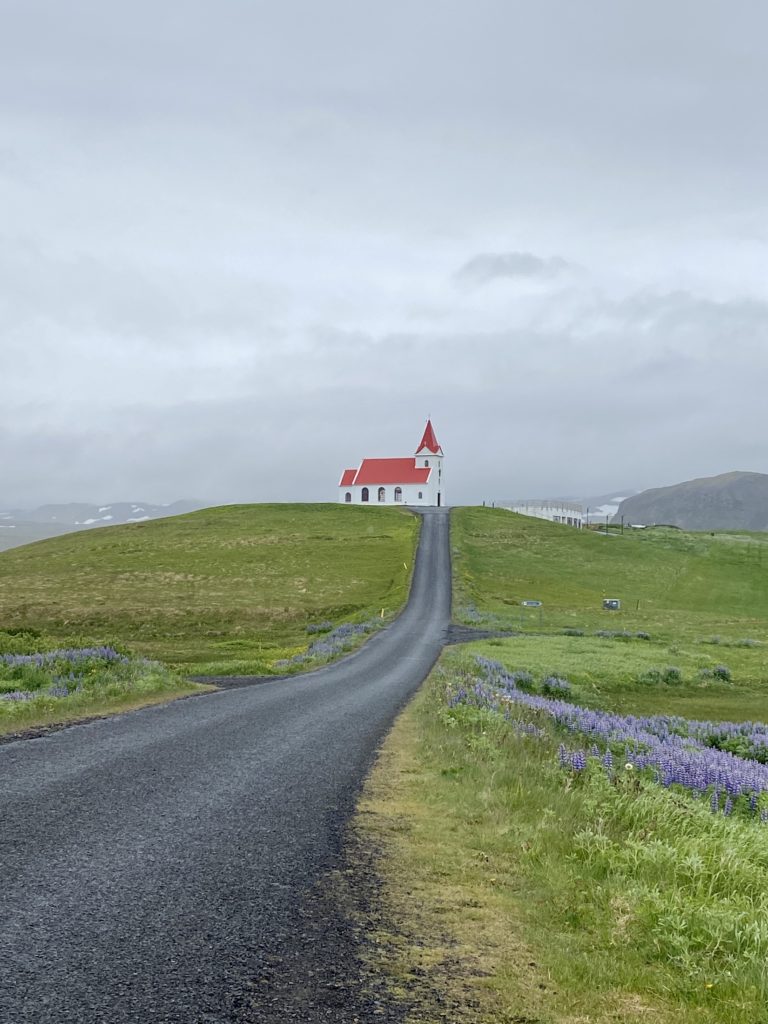
You’ll also love:
- How to Plan the Perfect New Zealand Road Trip
- West Coast New Zealand Itinerary: An Adventurous 7-Day Road Trip
- Sedona Itinerary: 2 Jam-Packed Days of Hiking & Exploring in Arizona
Thanks for reading this guide on driving in Iceland! Hopefully it’s been helpful for planning your next trip.
xoxo Niki
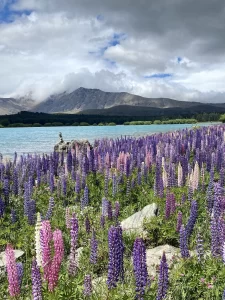

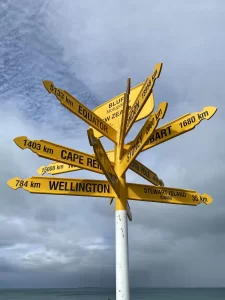
Hello! I have the Chase SP credit card and was told by their benefits agent that camper vans are not covered under the Auto Rental Collision because they do not cover modified vehicles or recreational vehicles. Just passing the info along for anyone that might me wondering. Thanks for sharing your trip info! Very helpful.